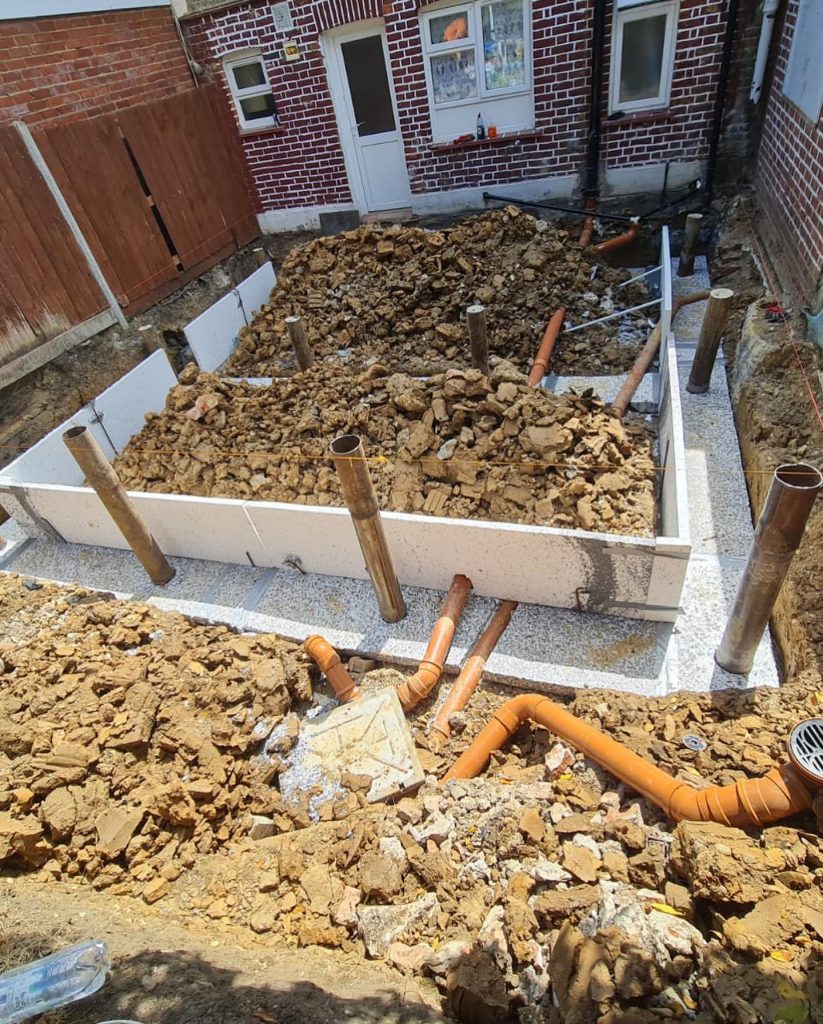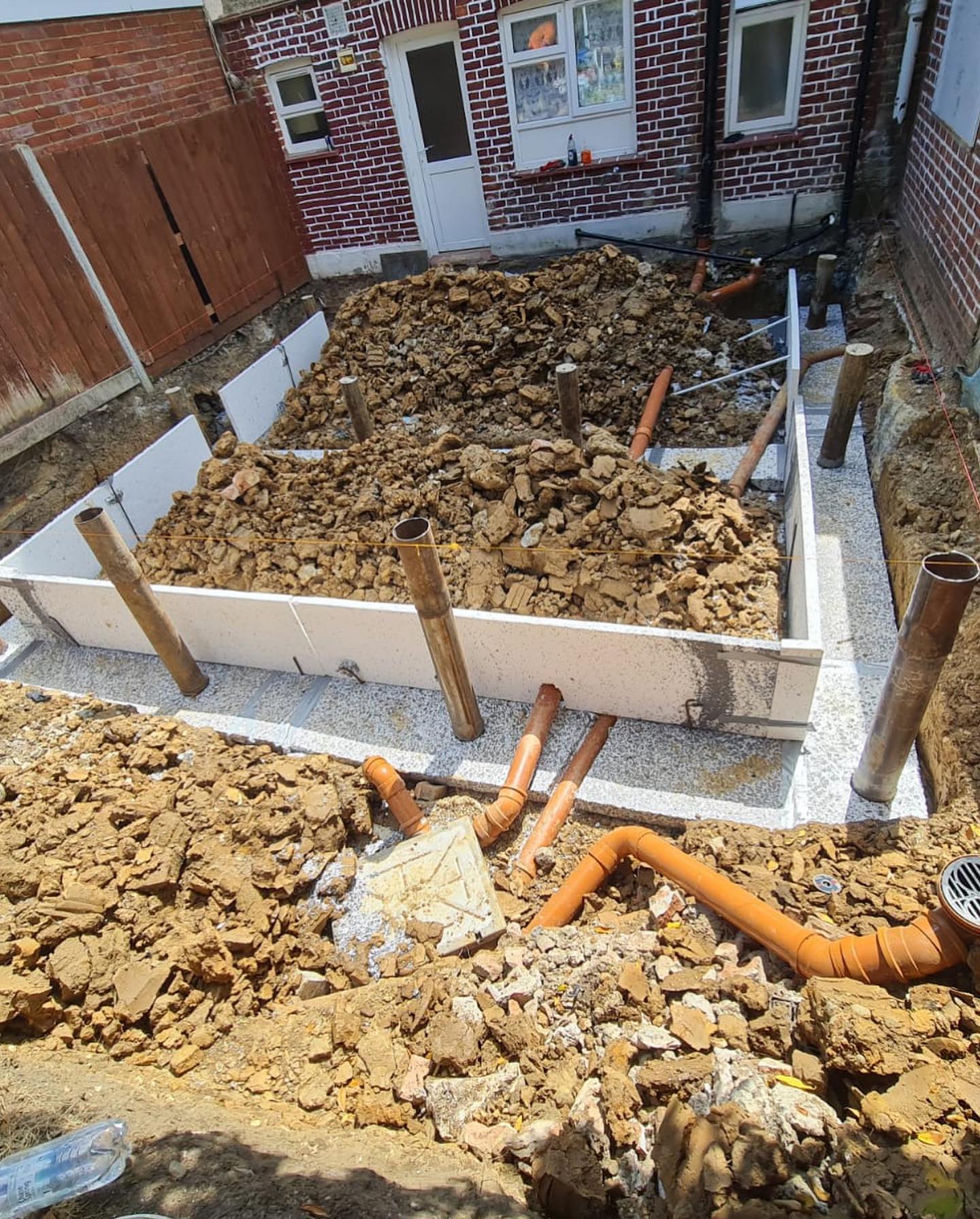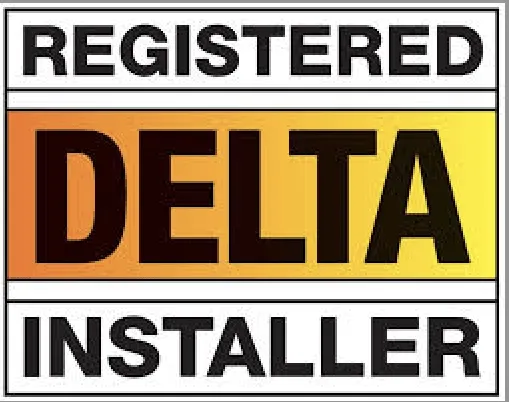CFA vs Screw Piling: Choosing the Right Deep Foundation Method for Your Project
When planning foundations, basements, or any construction that demands structural support, selecting the right piling method is essential. Two of the most widely used methods are CFA piling (Continuous Flight Auger piling) and Screw piling (also called Helical or Ground Screw piling). Both techniques offer significant advantages, depending on your site constraints, budget, soil type, and required load-bearing capacity.
When planning foundations, basements, or any construction that demands structural support, selecting the right piling method is essential. Two of the most widely used methods are CFA piling (Continuous Flight Auger piling) and Screw piling (also called Helical or Ground Screw piling). Both techniques offer significant advantages, depending on your site constraints, budget, soil type, and required load-bearing capacity.

What Is CFA Piling?
CFA piling involves drilling a hollow-stemmed continuous auger into the ground to the required depth. Concrete is pumped through the hollow stem as the auger is withdrawn, delivering a continuous pile whose reinforcement cage is inserted into the wet concrete. This is a cast‑in‑situ pile method.
Key Features & Keywords
- Low vibration foundation — ideal for urban construction, inner‑city sites, and noise-sensitive areas.
- Suitable for multiple soil types: sands, clays, silts, gravels, sometimes soft rock.
- Diameter ranges from approx. 300 mm up to ~1200 mm, with depths up to ~25‑30 m or more depending on rig and soil.
- Reduced spoil, efficient continuous drilling, no temporary casing in many conditions.
What Is Screw Piling?
Screw piling uses steel shafts fitted with one or more helical plates (flights) which are “screwed” into the ground using hydraulic motors until the required depth and load‑bearing capacity is achieved. They are prefabricated piles (or “ground screws”) installed without large excavation.
Key Features & Keywords
- Fast installation with minimal ground disturbance and spoil.
- Good for moderate loads, lighter structures, or where rapid foundation works are needed.
- Works well where access is good and soil conditions allow the helical plates to engage properly.
- Often more cost‑effective for shallower depths or in residential / smaller commercial projects.
When to Choose Which: Practical Guidelines
- Choose CFA Piling if:
- Your site is near existing buildings, or has noise/vibration restrictions.
- Soil is unstable or water‑bearing and you want a method with minimal disturbance.
- You need deep piles (e.g. >25‑30 m) or large diameter, high load bearing.
- Projects like basement foundations, piled retaining walls, or large infrastructure works.
- Choose Screw Piling if:
- You’re looking for a faster installation with less disruption.
- The project is smaller, or load requirements are moderate.
- Access is good and you want to reduce spoil, excavation, labor costs.
- Time and budget are priorities.
What to Check / Ask Your Foundation Contractor
Before you commit, make sure you verify:
- Geotechnical / Soil Report – Know your soil strata, water table depth, bearing capacity.
- Load Requirements – The weight of your structure (walls, floor, roof), plus live loads.
- Access & Site Constraints – Space for rigs, restrictions on noise/vibration, neighbours.
- Diameter and Depth Options – Can the chosen method meet your required depth & pile diameter?
- Cost Estimates – Concrete vs steel, mobilization, equipment, spoil removal.
- Turnaround Time – How quickly the piles can be installed, concrete cured, ready for next phase.
- Compliance & Standards – Are the works certified, tested, in line with building codes?
Both CFA piling and Screw piling are powerful foundation solutions. There’s no one‑size‑fits‑all answer. The best choice depends on:
- Soil conditions
- Load and structural requirements
- Budget and timeline
- Site constraints (access, vibration/noise sensitivity)
If you want a foundation method tailored to your project with guaranteed structural performance and great value, contact us for a full site assessment. We’ll help you decide whether CFA or Screw piling is the optimal solution based on all relevant parameters.



